Overview
Pocket knives have evolved from ancient tools to modern collectibles, symbolizing craftsmanship and utility. This blog explores their rich history, design innovations, and the resurgence of handmade knives, highlighting their significance and appeal in contemporary culture. Collectors are drawn to unique and artisanal designs, while the community around pocket knives fosters appreciation for these functional yet artistic tools.
Frequently Asked Questions
1. What is the historical significance of pocket knives?
2. How did the Industrial Revolution impact pocket knife production?
3. Why are handmade pocket knives preferred by collectors?
4. What are some key features of a good pocket knife?
5. How can one start collecting pocket knives?
Pocket knives have carved out a special niche in both history and modern-day use, transitioning from practical tools to coveted collectibles. They symbolize craftsmanship, utility, and style, gaining popularity across generations. In this blog post, we'll delve into the captivating history of pocket knives, exploring their evolution, significance, and the artistry involved in handmade knives.
The Roots of Pocket Knives
The origin of pocket knives dates back to ancient civilizations. The earliest known folding knives were discovered in the archaeological remains of the Roman Empire around 500 B.C. These primitive tools embodied the budding concept of portability and multi-functionality.
Early Design Innovations
In ancient Rome, soldiers carried folding blades that were compact and efficient. As time went by, portability became key, leading to innovations that would set the stage for modern pocket knives. Notable examples include the blades crafted by the Vikings during the early Middle Ages, made for combat but also practical enough for other daily uses.
The Renaissance of Pocket Knives
The 16th and 17th centuries saw significant advancements in metallurgy and artisan techniques, allowing for greater precision in knife-making. During the Renaissance period, these enhanced designs caught the attention of the elite, and pocket knives began to gain status as fashionable accessories.
The Rise of Craftsmanship
This era also marked the beginning of specialized workshops. Artisans and blacksmiths focused on creating exquisite handmade knives, leading to the personalization of pocket knives. These unique pieces featured elaborate engravings, precious metal inlays, and intricate handles.
The Industrial Revolution's Impact
With the Industrial Revolution in the 18th century, pocket knives transitioned to mass production. Factories sprang up specializing in knife manufacturing, significantly lowering prices and making these tools accessible to the general public.
Enter the Patterned Knives
During this time, various patterns of pocket knives emerged, including the famous "Stockman" design featuring multiple blades suited for different tasks. This versatility caught the eye of everyday users and collectors alike.
The 20th Century: A Cultural Shift
The 20th century brought about a cultural shift, where the perception of pocket knives evolved further. No longer just utilitarian objects, they were viewed as symbols of independence and self-reliance, especially in the American landscape. The advent of camping and outdoor activities popularized pocket knives, making them essential gear for adventurers.
The Collectible Era
As enablers of exploration, the 20th century also birthed the age of collecting. As outdoor sports grew in popularity, so did the hunt for unique and vintage pocket knives. Collectors sought out exclusive designs and limited editions, further elevating the status of handmade knives.
The Revival of Handmade Knives
Fast forward to the 21st century, and there is a renewed interest in artisanal craftsmanship. Handmade knives have gained substantial traction as consumers appreciate the unique artistry and dedication required to create these custom pieces. This resurgence isn’t merely about functionality; it embodies an appreciation of quality and tradition.
Contemporary Customization
Modern makers are not just replicating past designs but introducing innovative twists that cater to contemporary preferences. Buyers can find everything from traditional patterns to modern, ergonomic designs, often customized to suit individual tastes.
The Elements of a Great Pocket Knife
While the history of pocket knives is immensely rich, their appeal lies equally in their components. A good pocket knife has several essential features that enhance its usability and desirability.
- Blade Material: High-quality stainless steel or carbon steel is critical for durability.
- Handle Design: Comfort and grip are vital. Handles made from wood, G-10, or metal create unique aesthetics.
- Mechanism: The folding mechanism should be smooth but secure, providing ease of use and safety.
- Weight: A well-balanced knife weighs just enough to feel substantial without being cumbersome.
Making Pocket Knives: Crafting the Ideal Tool
The process of crafting a pocket knife requires a blend of art, skill, and precision. From forging to finishing, every step in the production of handmade knives plays a role in the final product.
Forging and Shaping the Blade
The journey begins with forging the blade, where raw metal is heated and shaped. This stage allows craftsmen to create distinctive blade designs, which can range from practical to artistic.
Assembling the Handle
Next, artisans focus on crafting the handle. The selection of materials influences not only aesthetics but also functionality. A beautiful wood grain or durable synthetic material can elevate the knife from mere utility to a work of art.
The Finishing Touches
Finally, the blade is sharpened, polished, and finished. This stage is crucial for ensuring that the knife not only looks exquisite but also performs exceptionally well in practical use.
Collecting Pocket Knives: Tips for Enthusiasts
For those interested in collecting pocket knives, the experience can be thrilling and rewarding. Here are some tips to help prospective collectors navigate this intricate world:
- Research Brands: Understanding reputable brands and artisan makers can significantly affect your collection.
- Condition Matters: Always check the condition of the knife; original parts and minimal wear often add to its value.
- Beware of Fakes: As popularity rises, so do counterfeit products. Ensure authenticity before making a purchase.
- Focus on Special Editions: Limited or special edition knives often appreciate in value more than standard models.
The Community of Pocket Knife Enthusiasts
The world of pocket knives fosters a vibrant community of enthusiasts who appreciate the beauty, history, and functionality of these tools. From online forums to local meet-ups, there’s a sense of camaraderie among collectors and users alike.
Joining the Conversation
Engaging with others in the pocket knife community can help you expand your knowledge and appreciation for these exquisite pieces. By participating in discussions, it’s possible to uncover valuable insights on various brands, maintenance, and even stories behind particular designs.
Why Handmade Knives Are a Great Choice
As pocket knives evolve, the preference for handmade knives has surged. These artisan-crafted pieces offer unparalleled quality and individuality that mass-produced knives often lack. Here are several reasons why choosing a handmade knife is a wise choice:
- Unique Design: Handmade knives often feature unique designs tailored to the customer’s preferences.
- Quality Craftsmanship: The attention to detail often exceeds factory-made counterparts, providing a more reliable tool.
- Supporting Artisans: Purchasing handmade knives supports local craftspeople and preserves traditional methods.
- Long Lasting: Crafted with better materials and techniques, these knives tend to last much longer, making them a worthwhile investment.
Experiencing Pocket Knives Through the Ages
The journey of pocket knives from ancient tools to modern collectibles illustrates their changing role in society. As you navigate through this functional landscape, understanding their history enriches your experience, whether you’re a user or a collector.
Today, the convergence of functionality and artistry makes pocket knives more than just a utility; they are now cherished artifacts that reflect both heritage and craftsmanship. So, whether you're sporting a trusty knife for daily tasks or showcasing a unique collector's piece, you are part of a long-standing tradition that appreciates the artistry behind handmade knives.






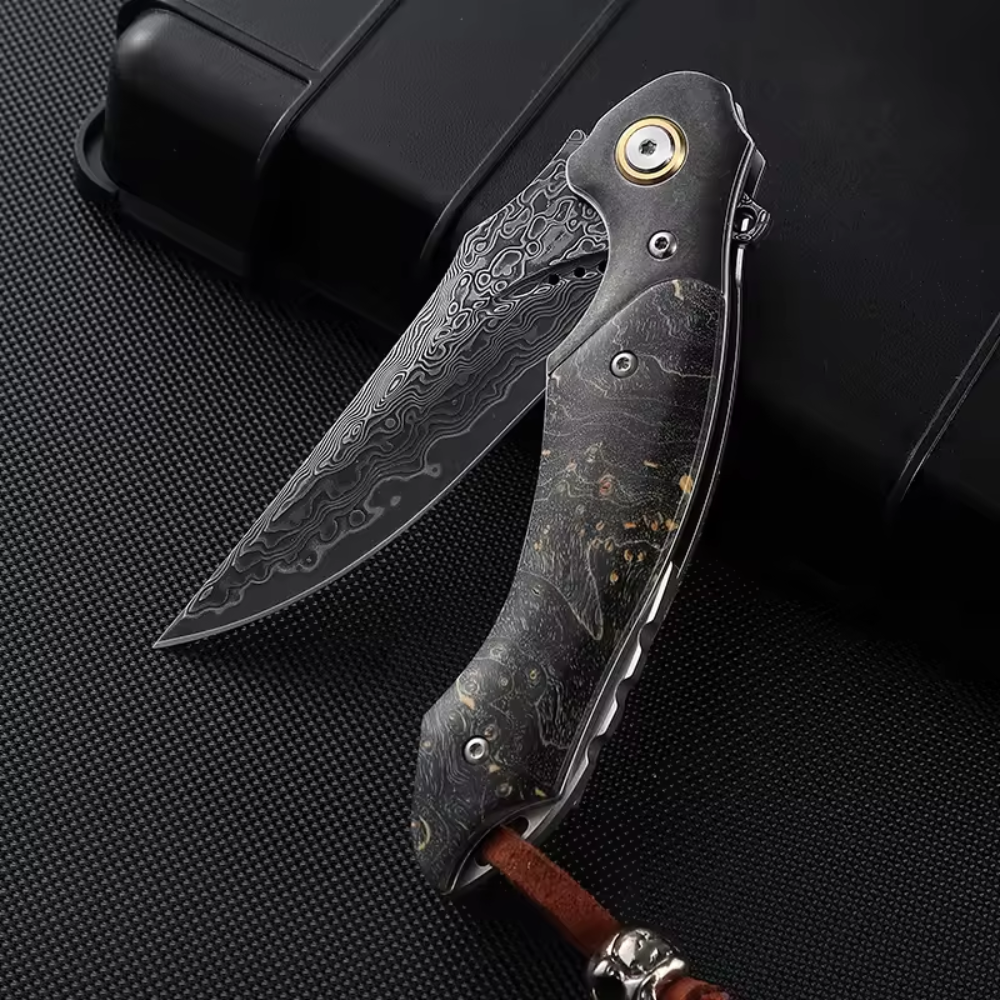

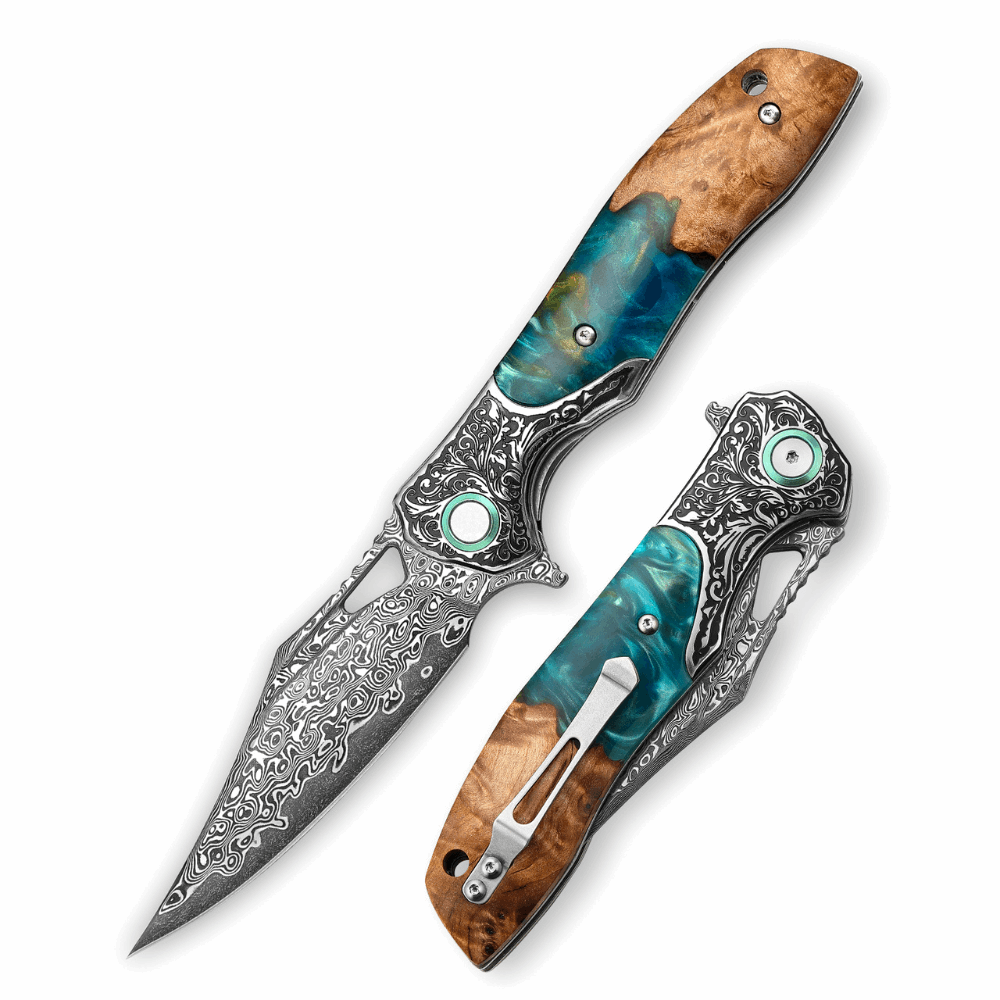
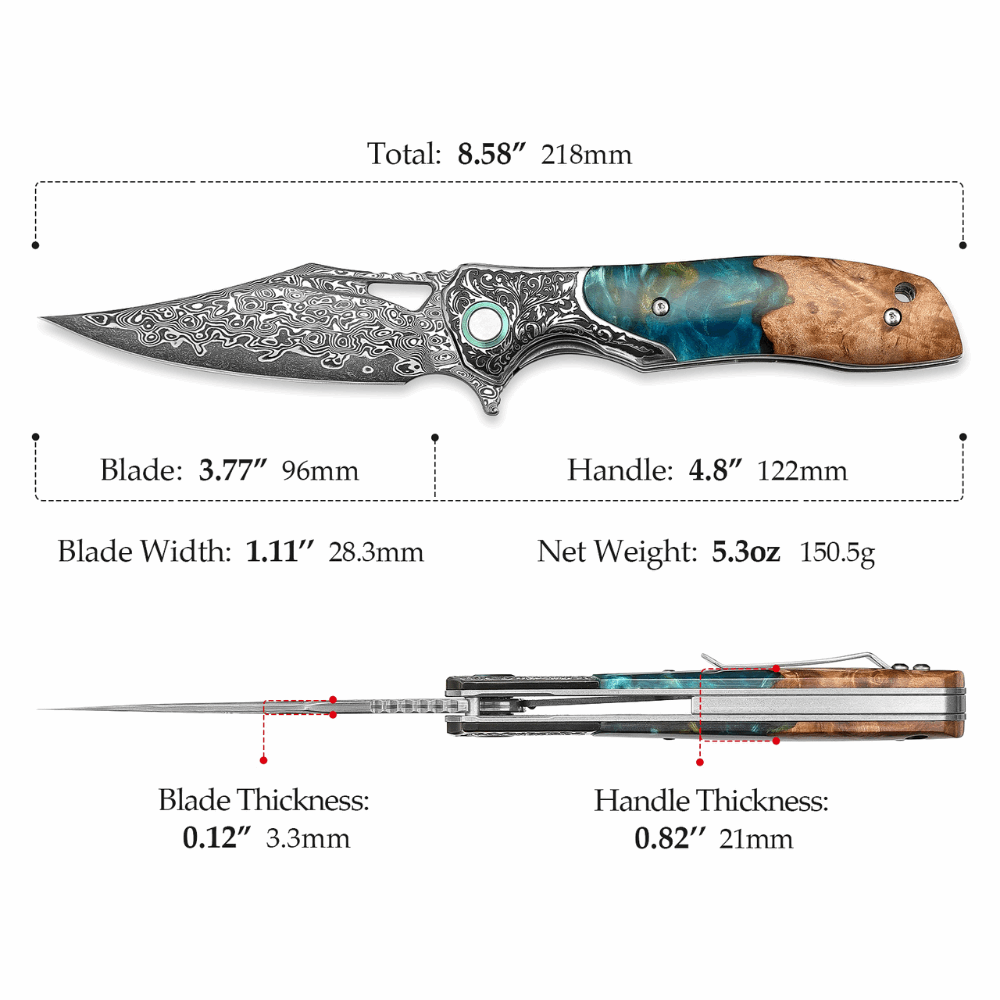
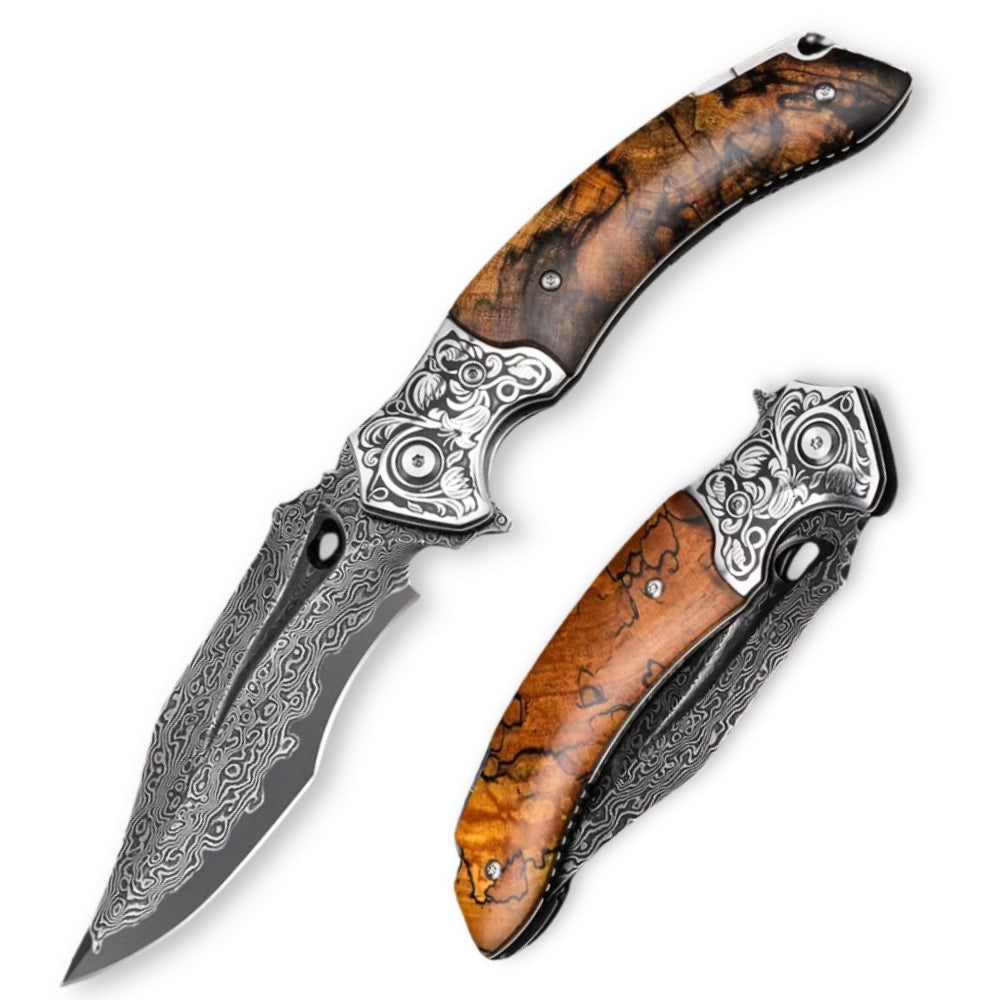

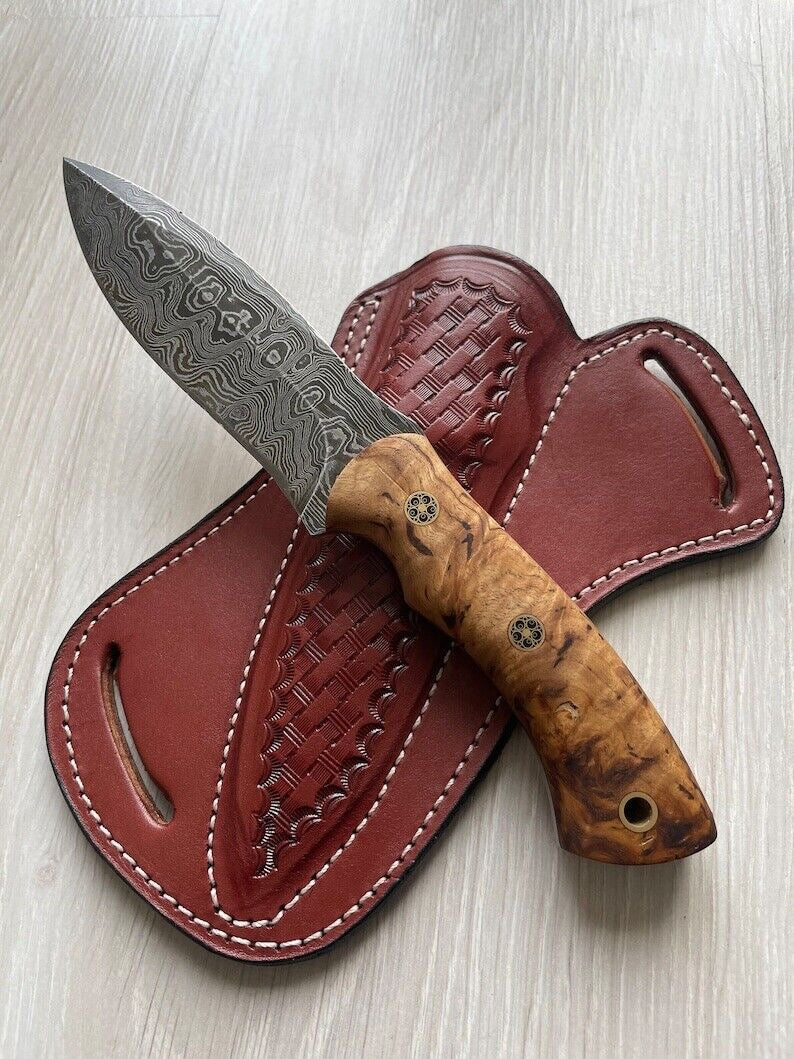
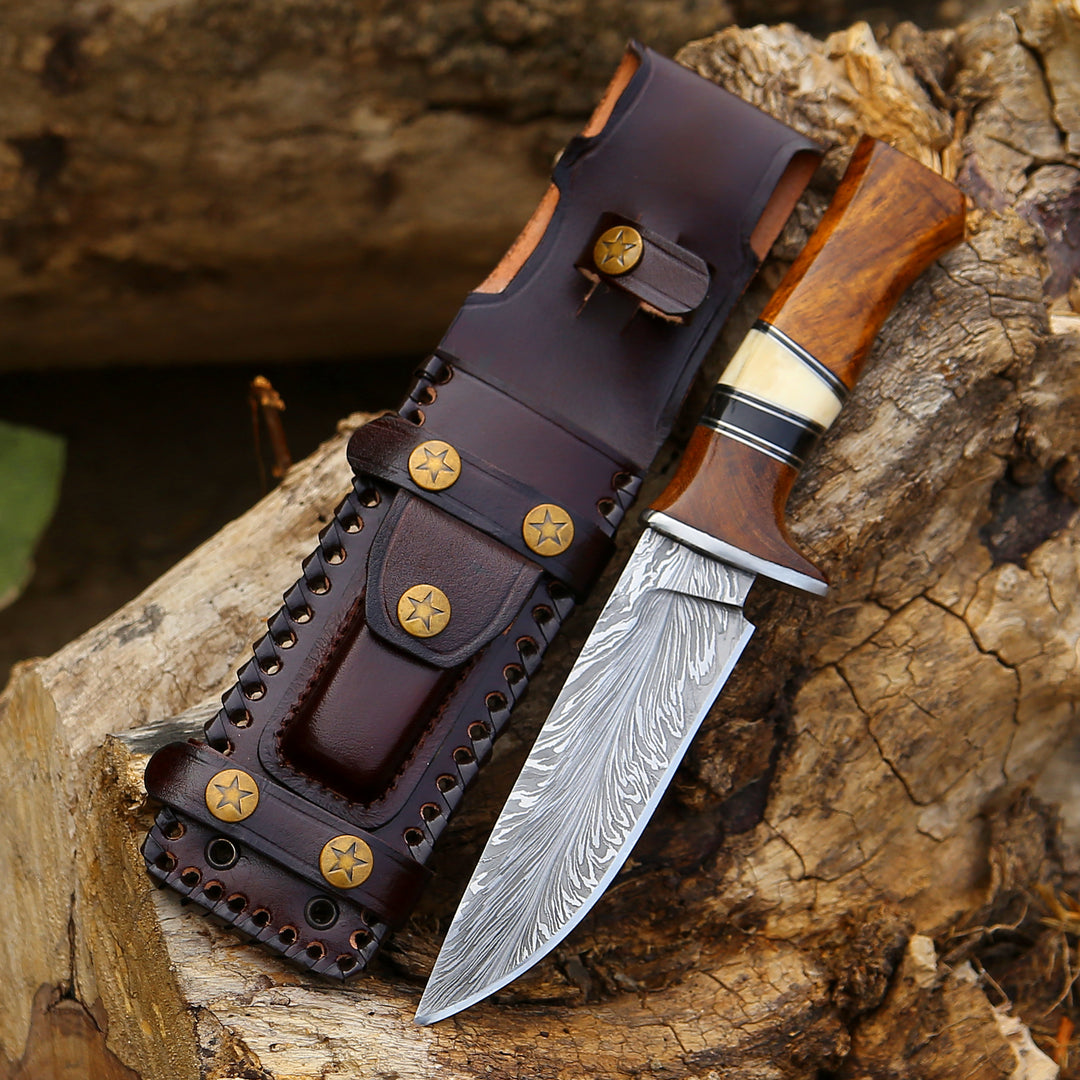

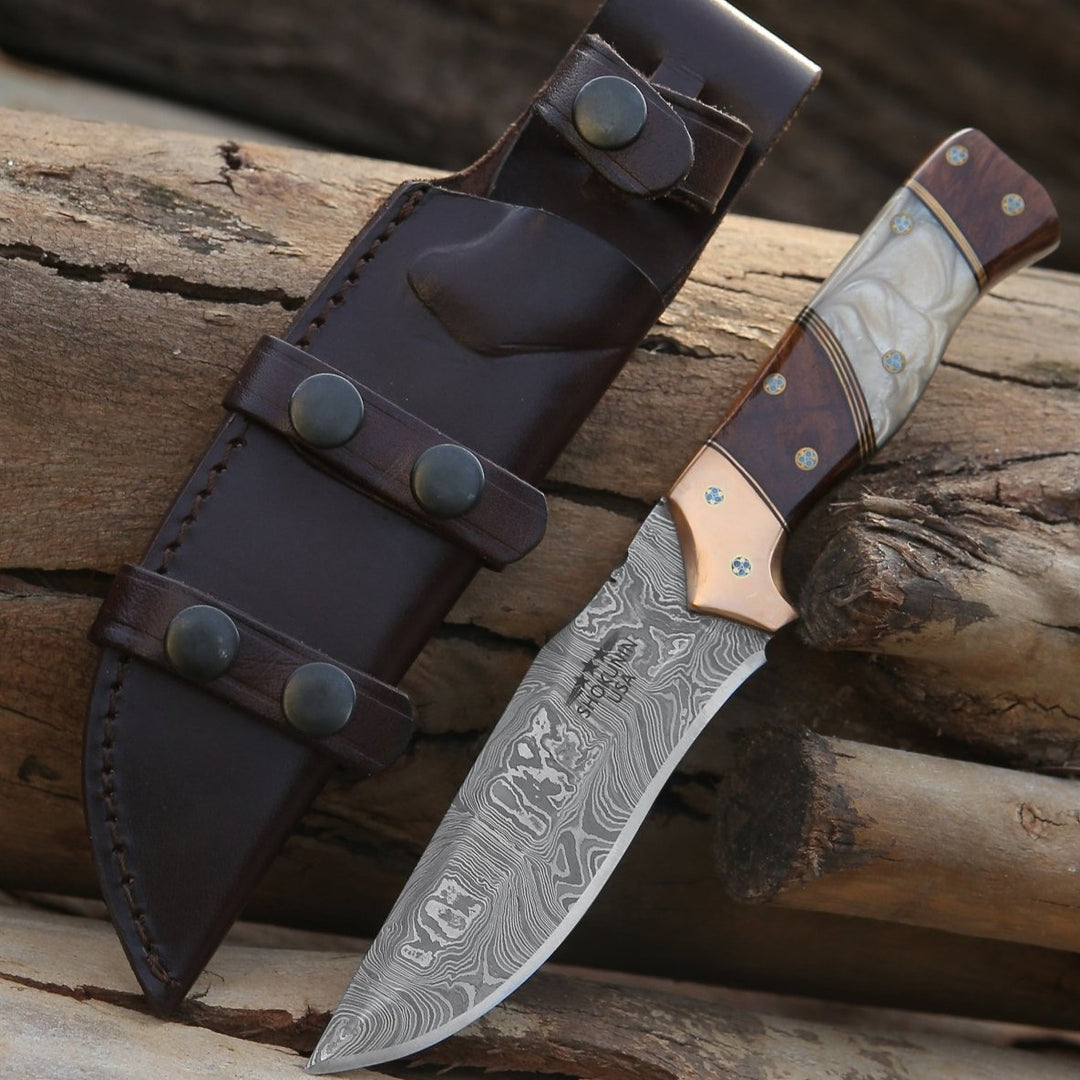
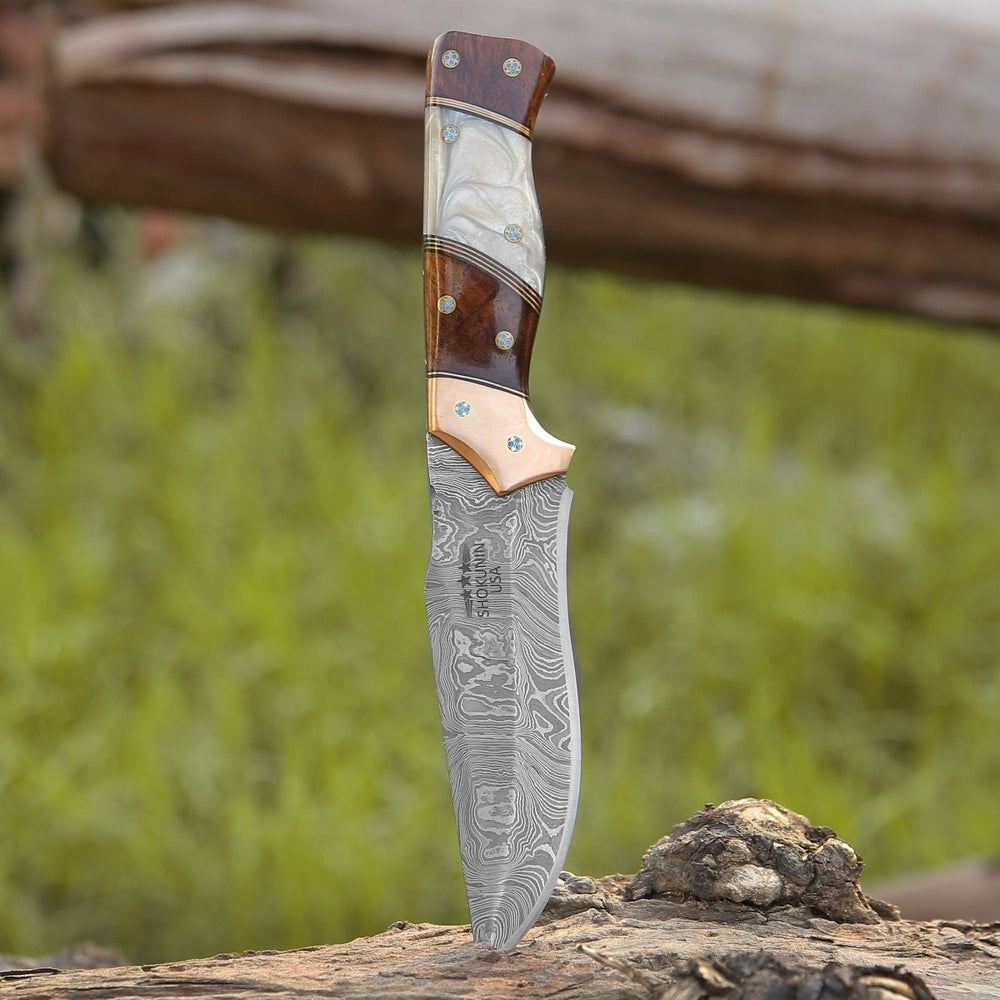
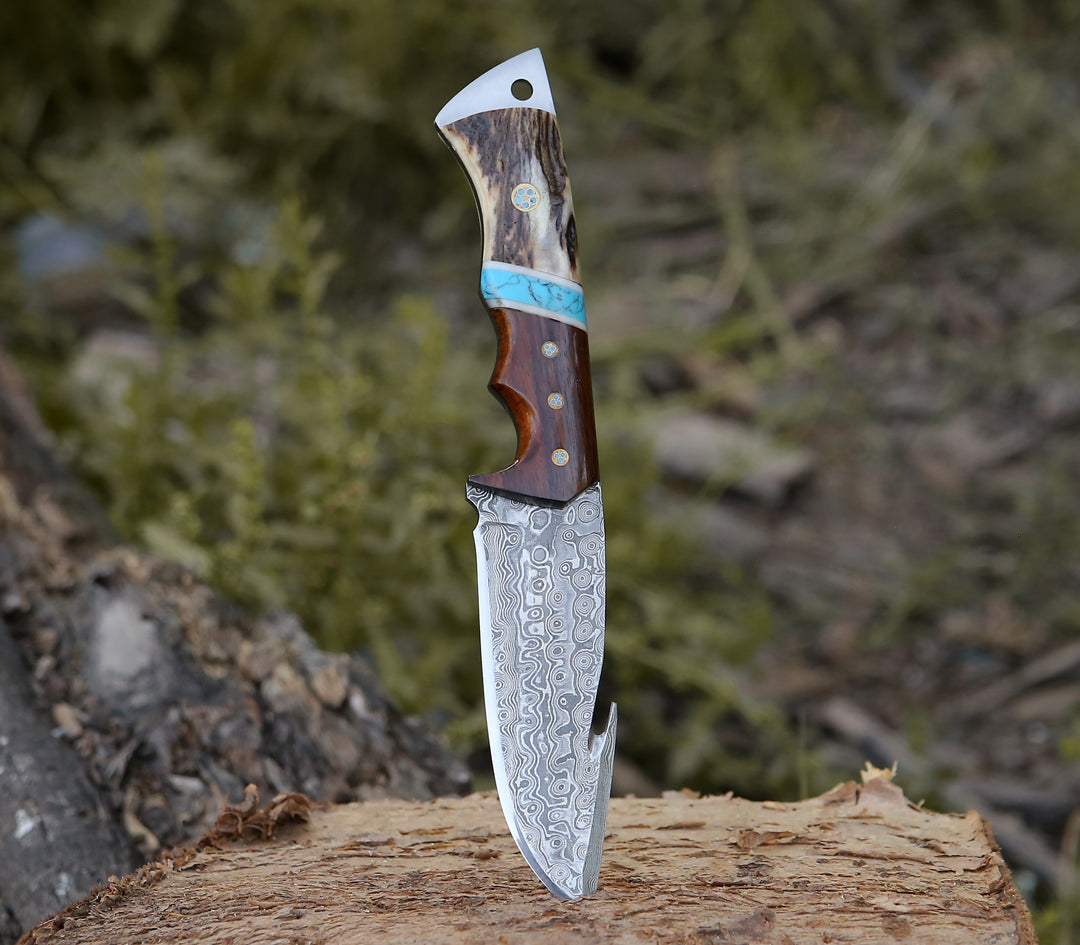
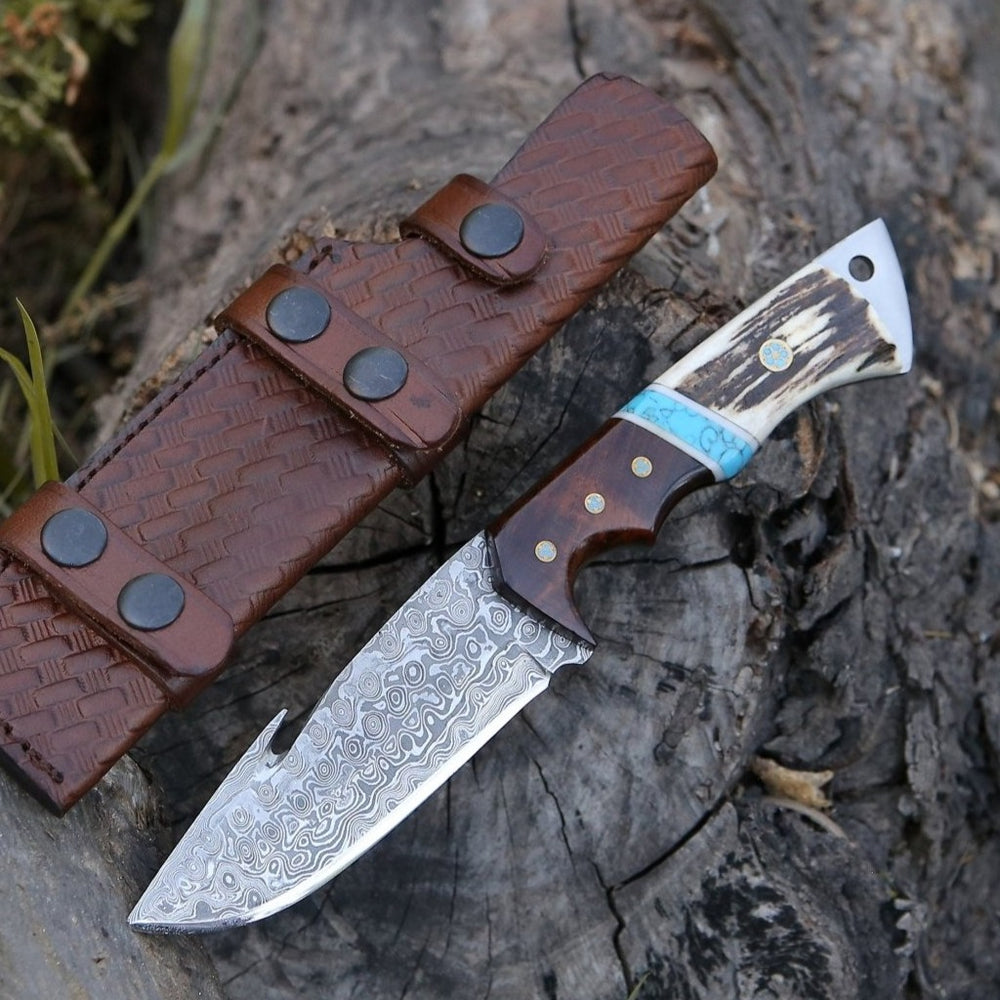
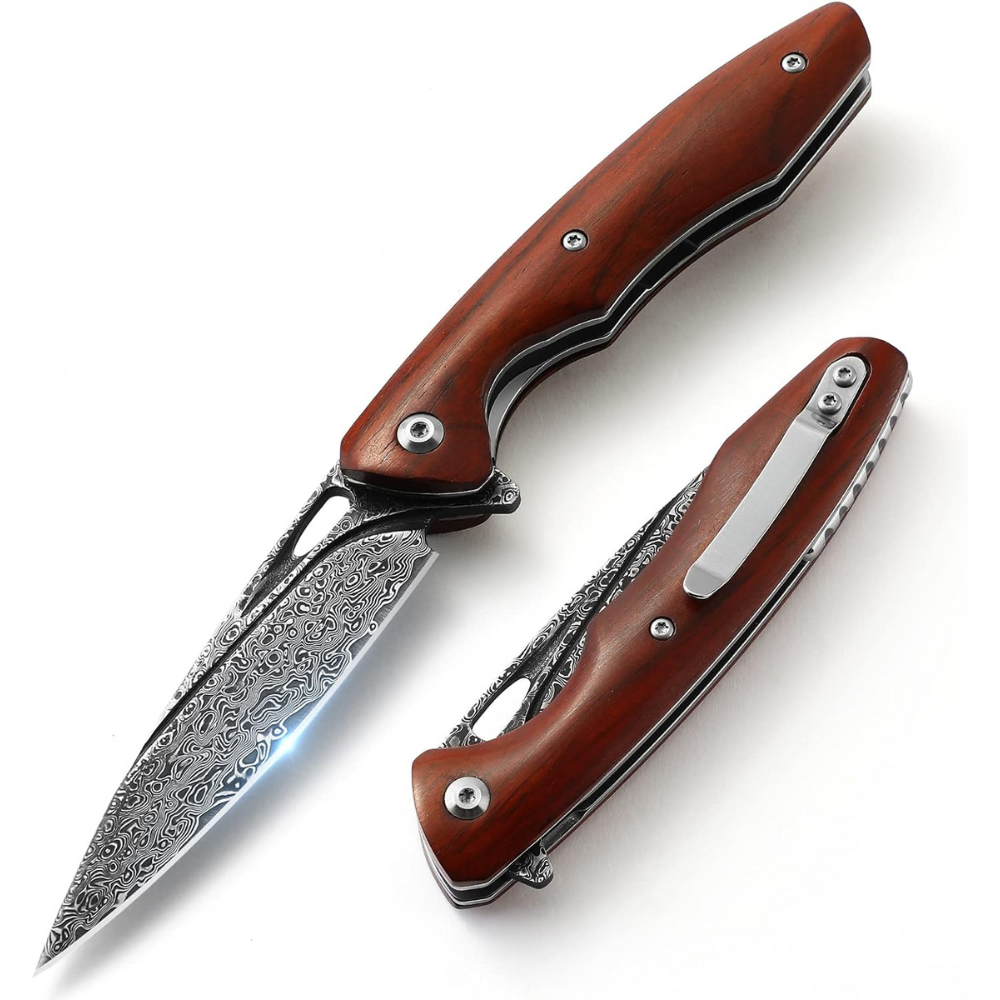
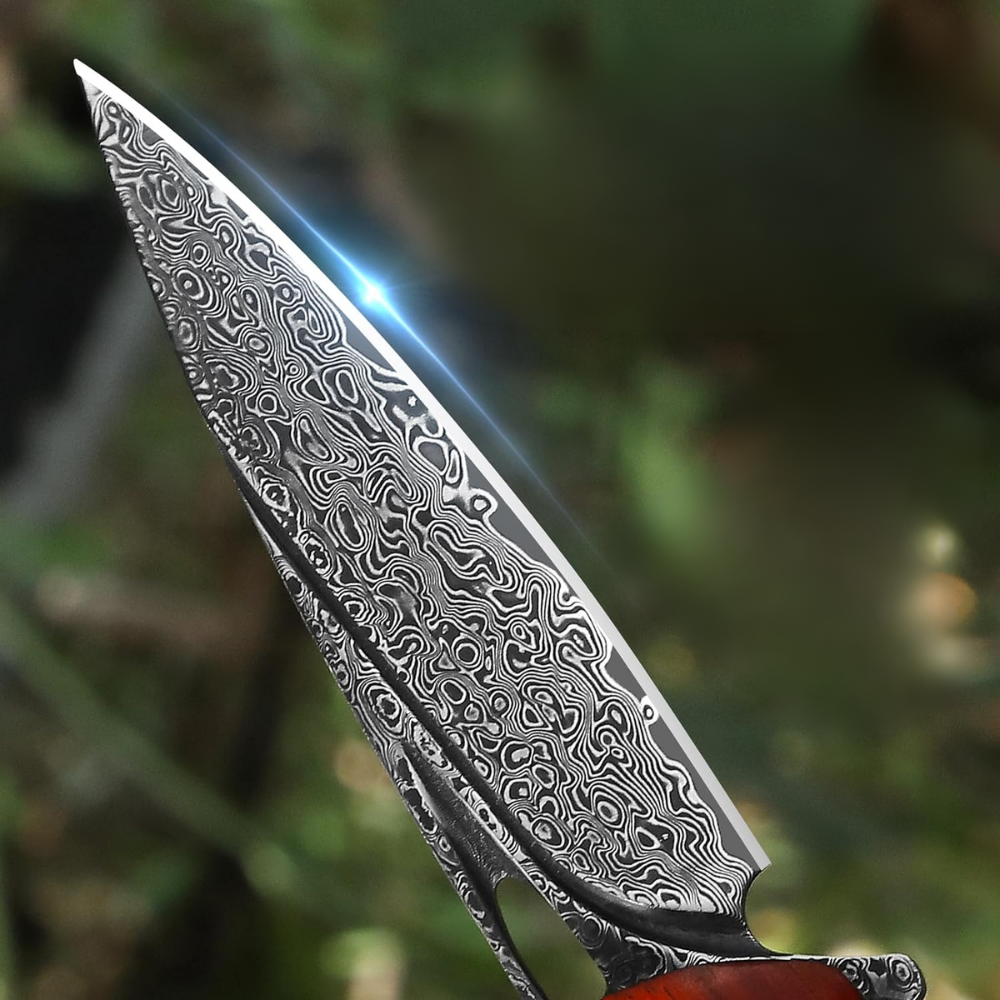
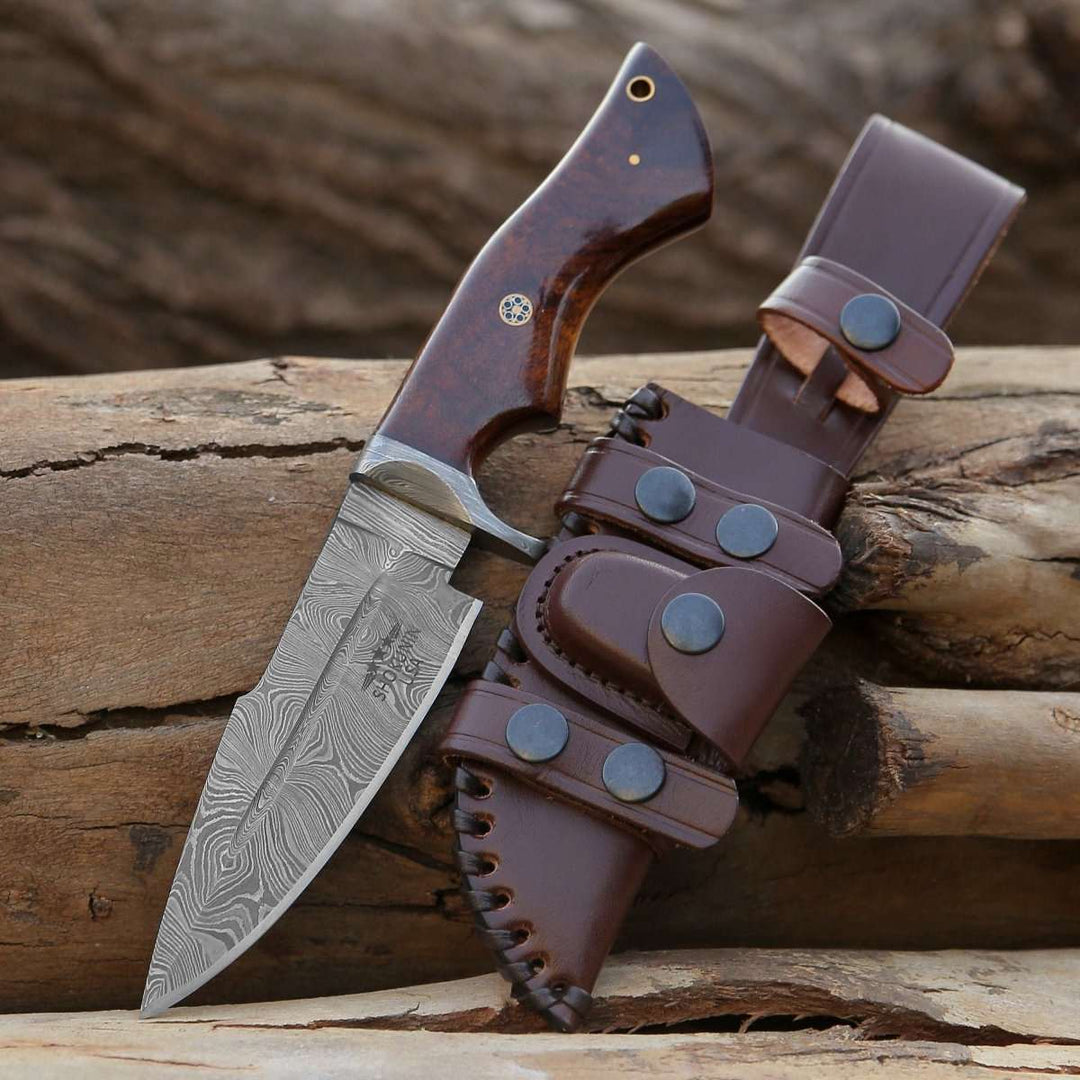
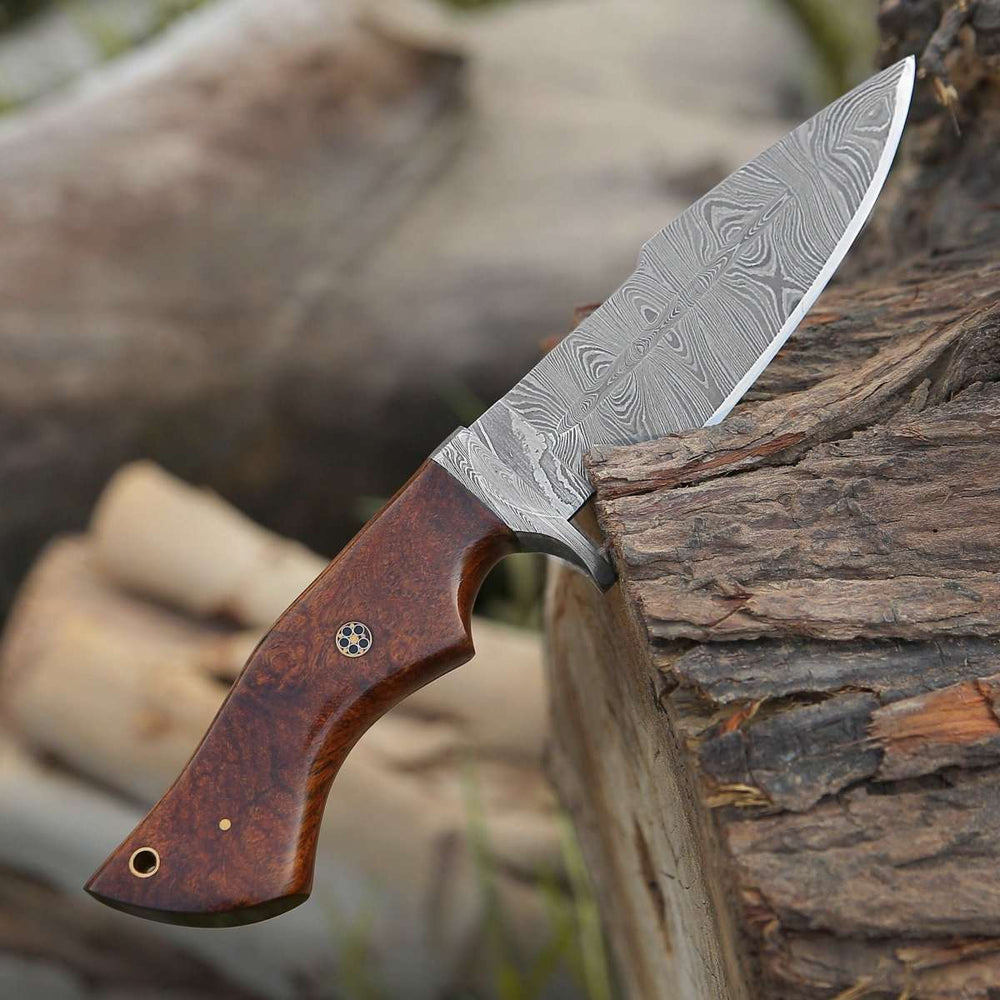
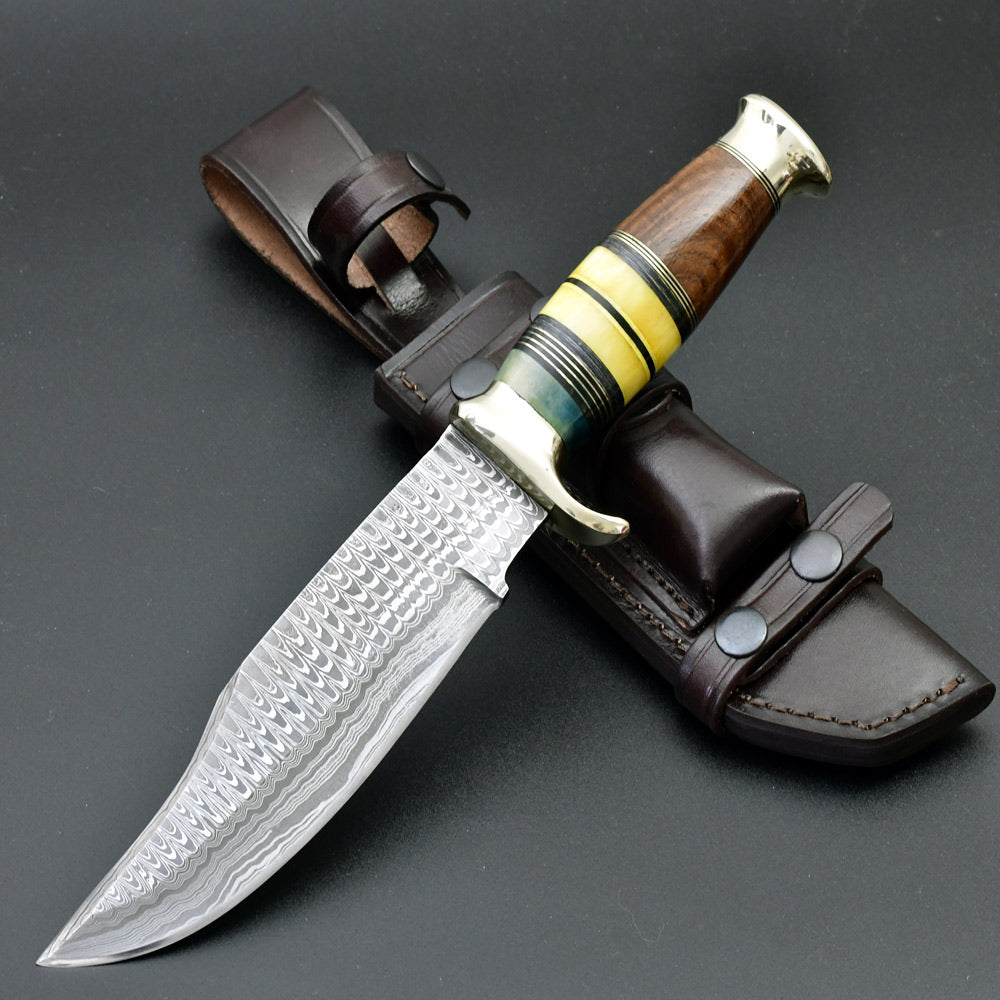

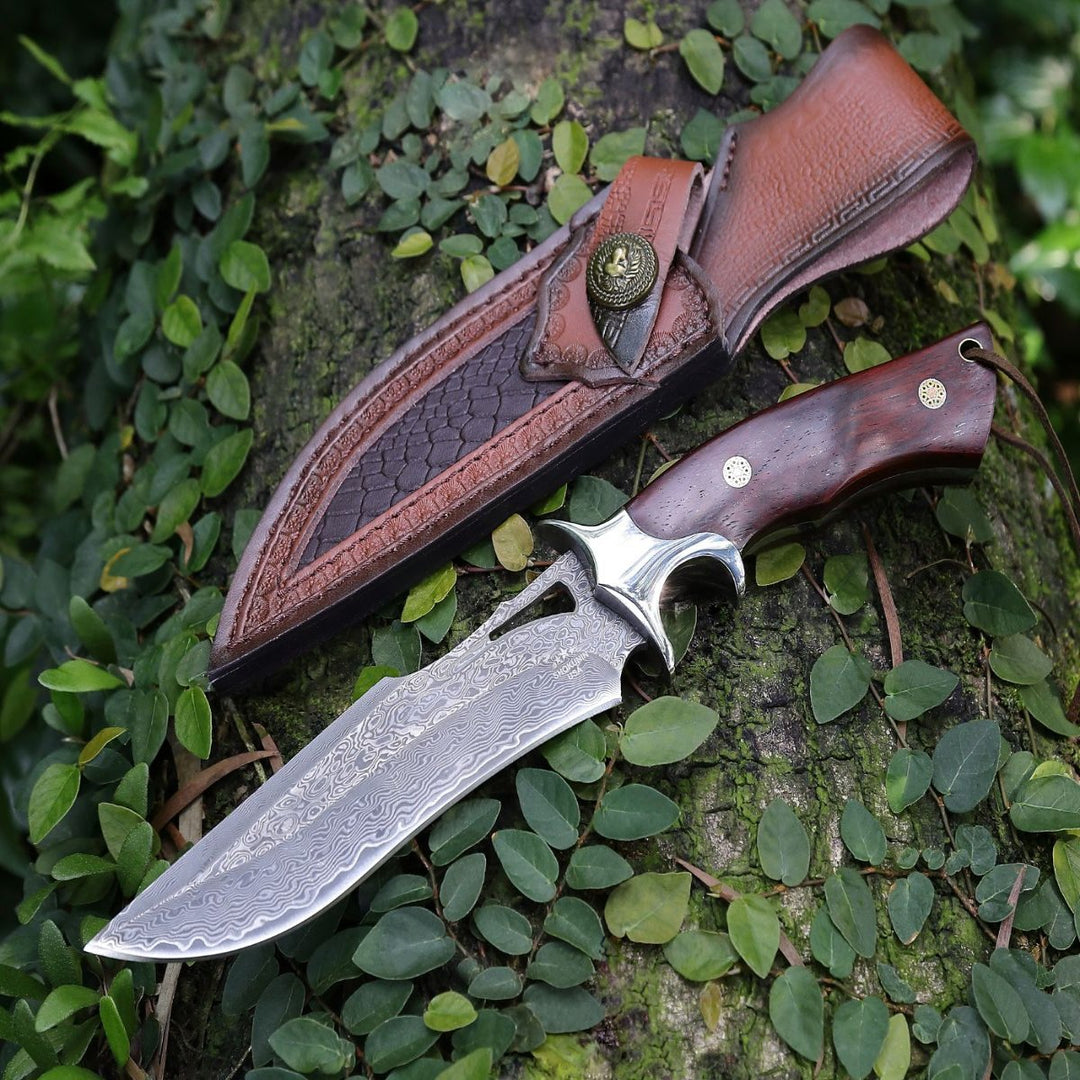


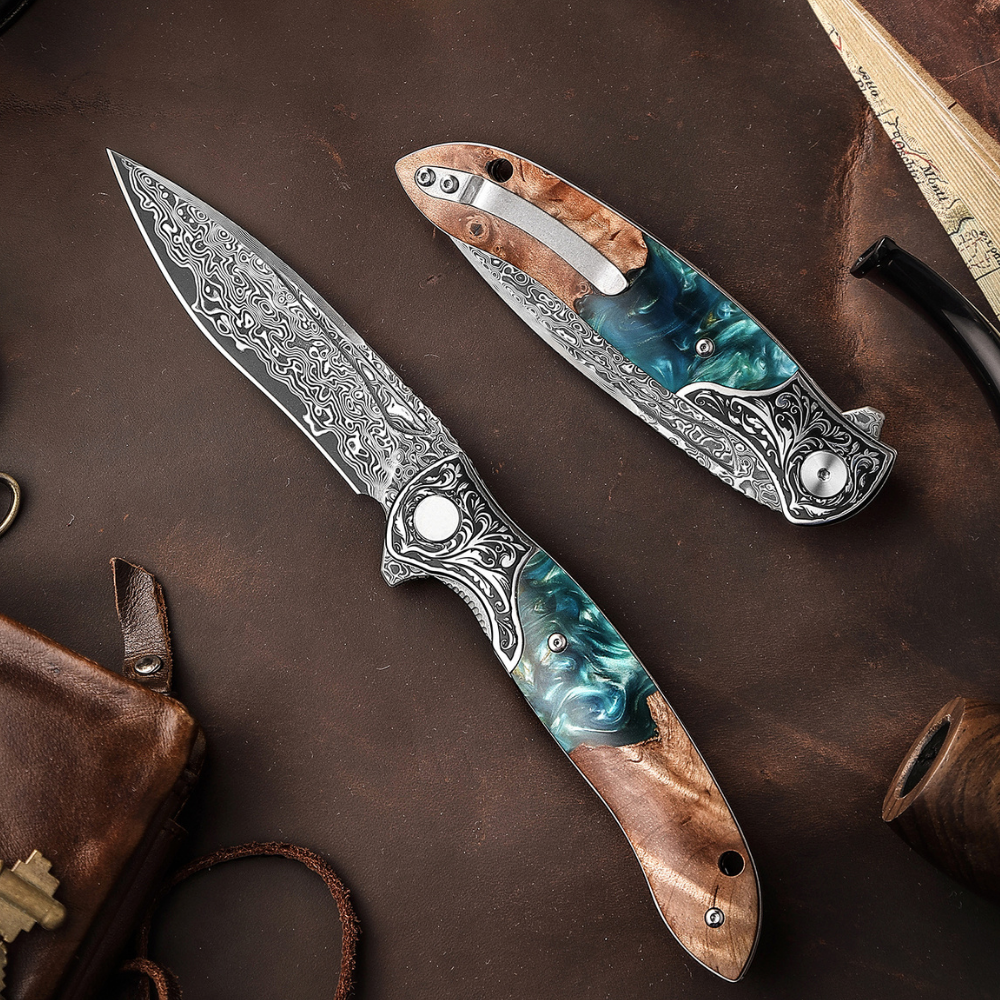
Dejar un comentario